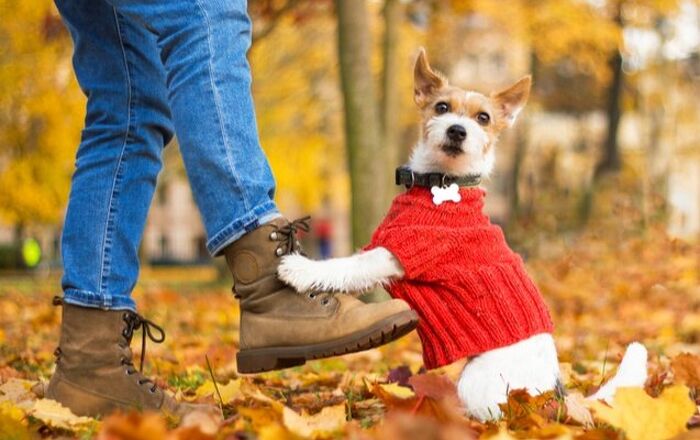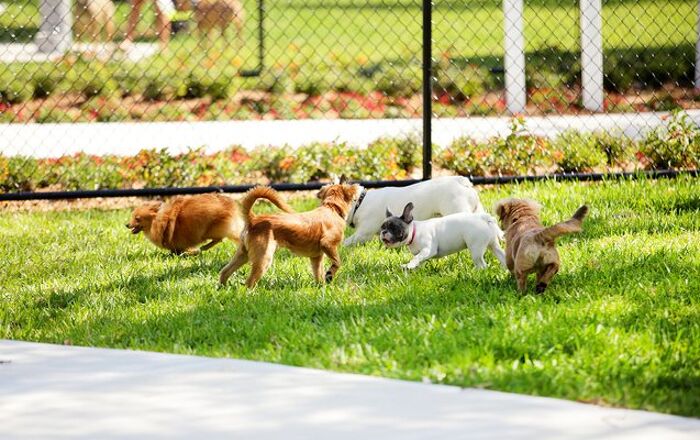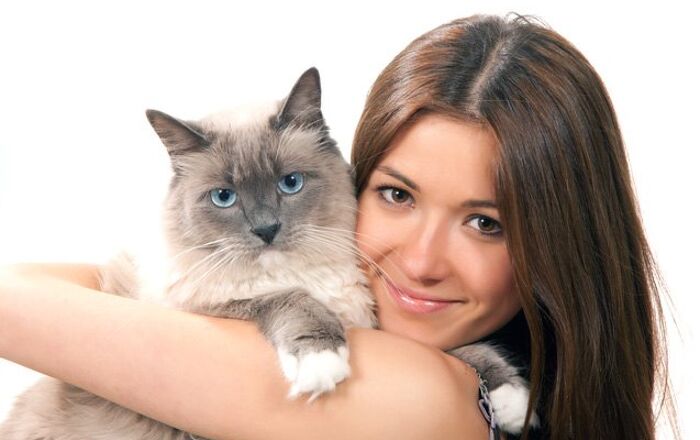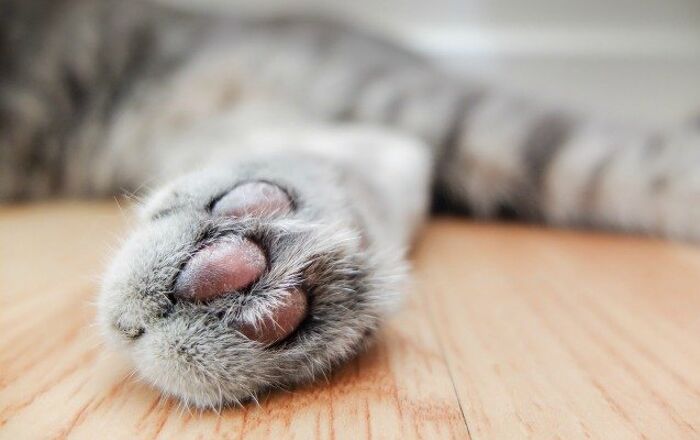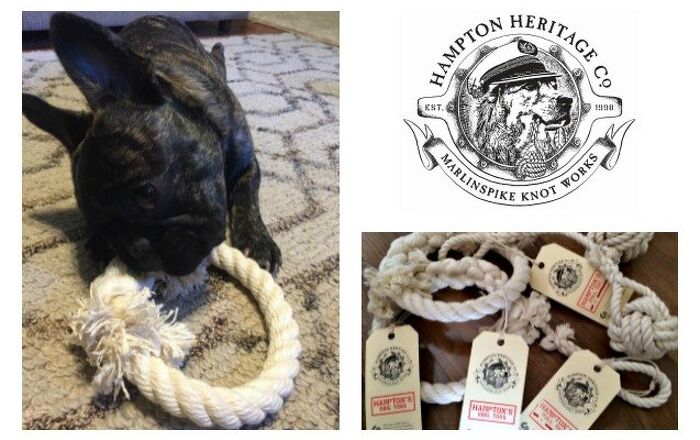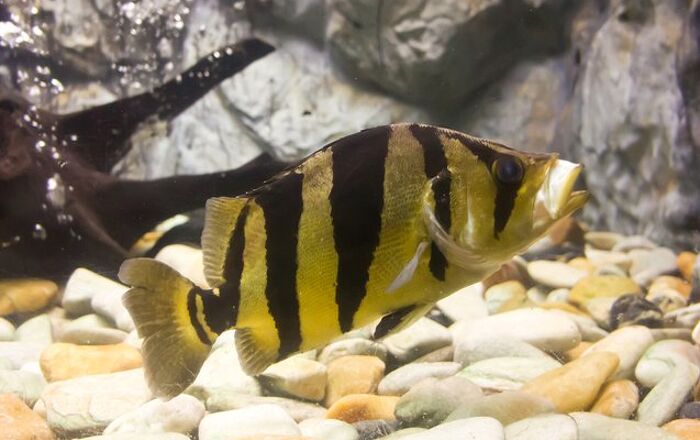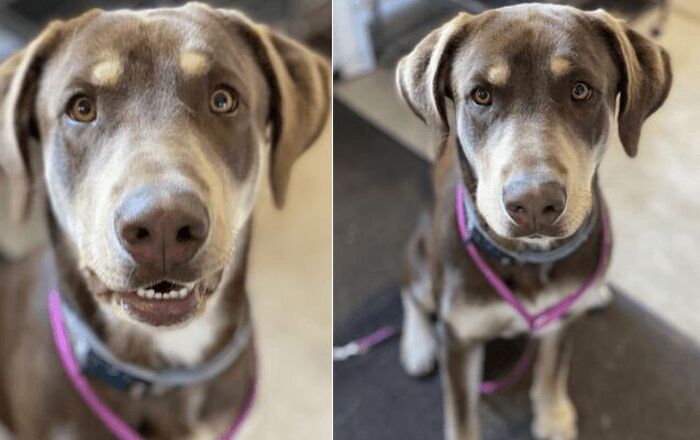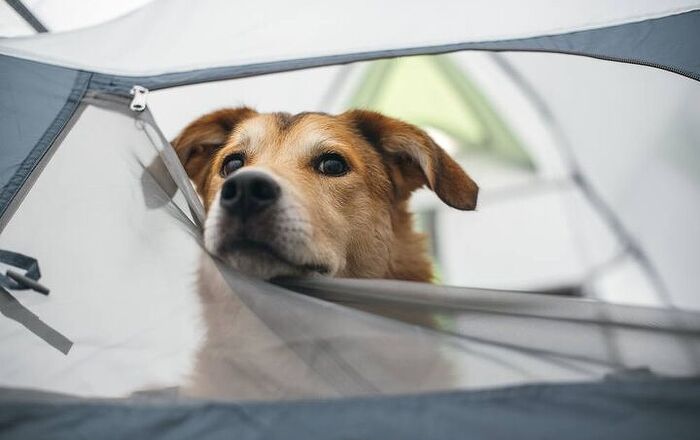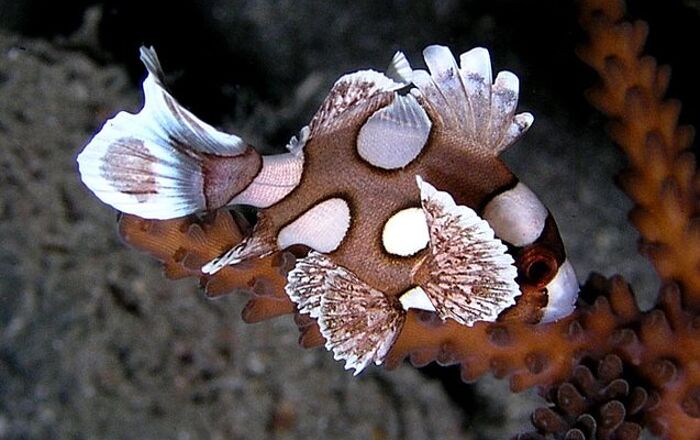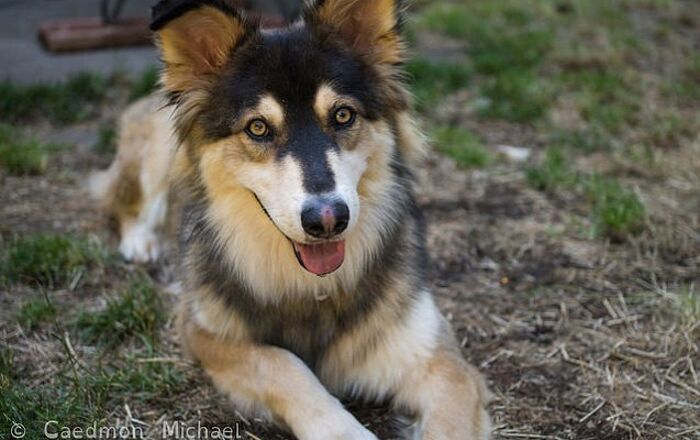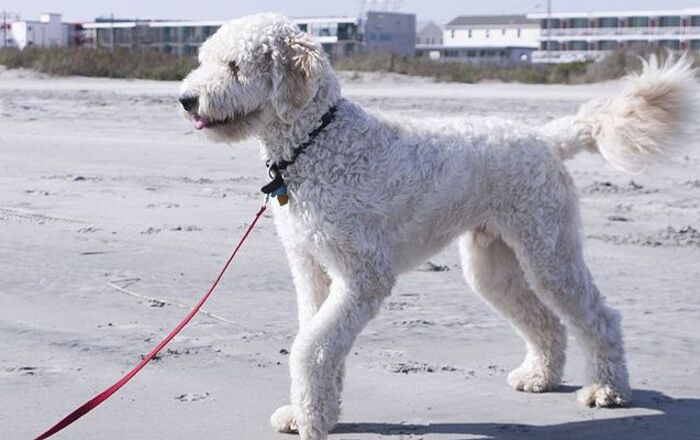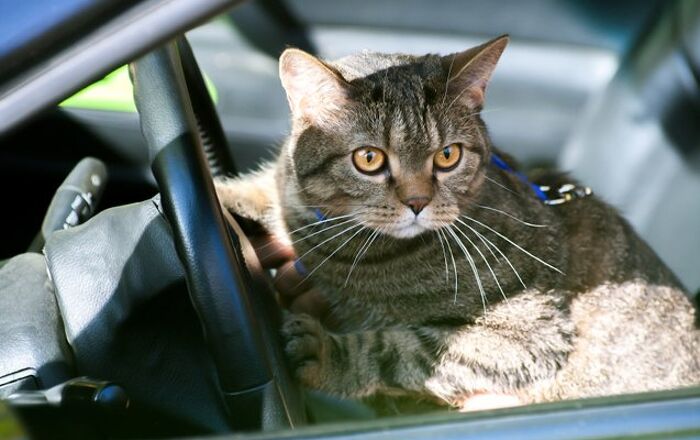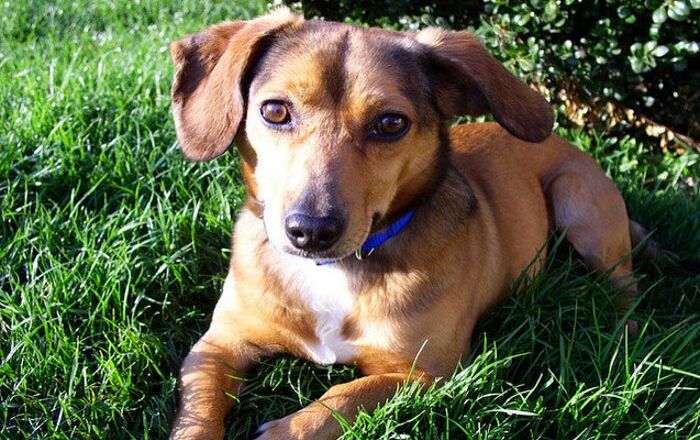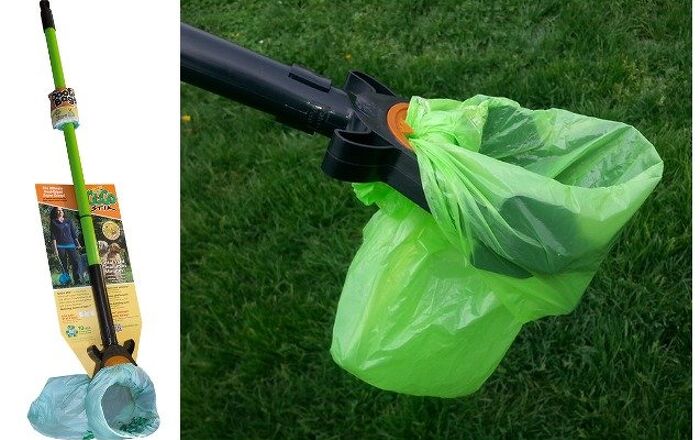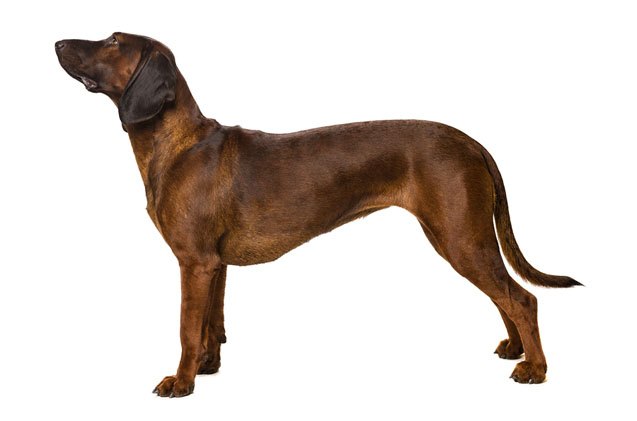
Bavarian Mountain Hound Basics
A breed of scent hound, the Bavarian Mountain Hound hails from Germany where he was developed to trail wounded game. This breed, a combination of two German hounds, is known for his deer-red coloration as well as his strong scenting abilities. Though he was developed for hunting, the Bavarian Mountain Hound has recently begun to gain traction as a family pet. If you’re considering this breed, be prepared to spend a lot of time with your dog and make socialization and training a priority.
A breed of scent hound, the Bavarian Mountain Hound hails from Germany.
Origin
The Bavarian Mountain Hound is a breed of scent hound developed in Germany during the 19th century. Bred from two German hounds, the Bavarian Hound and the Hanover Hound, the Bavarian Mountain Hound was developed to track injured game such as deer. This dog was bred for its excellent sense of smell, strong bone structure, drop ears, and steady temperament. Though this breed is primarily used for hunting (especially in Germany), it has recently started to gain popularity as a family pet. The first breed club was launched in 1912 and the breed was recognized by the United Kennel Club in 1996.
Pedigree
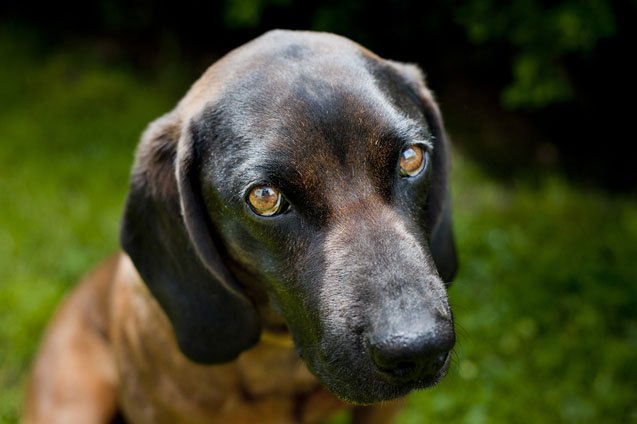
The Bavarian Mountain Hound is the result of a crossing of two German hounds, the Bavarian Hound and the Hanover Hound.
Food/Diet
As a hunting dog, the Bavarian Mountain Hound should be fed a high-quality dry food formulated for active or working breeds. Make sure that your dog’s diet is rich in animal protein with moderate to high fat content depending on his activity level.
The Bavarian Mountain Hound is an intelligent breed that was born to work.
Training
The Bavarian Mountain Hound is an intelligent breed that was born to work. These dogs have a strong sense of smell and they love using their nose to do their job. This breed loves solving problems and they generally respond well to training, though they can sometimes develop a stubborn streak. The Bavarian Mountain Hound requires an experienced dog owner who has a firm and consistent hand in training. These dogs respond well to positive reinforcement training but they can be easily distracted by a scent so you’ll need to work with your dog often to enforce reliable recall.
Weight
The Bavarian Mountain Hound is a medium-sized dog, standing between 17 to 20 inches tall and weighing 44 to 55 pounds at maturity. Males of the breed are a little larger than females in both height and weight.
Temperament/Behavior
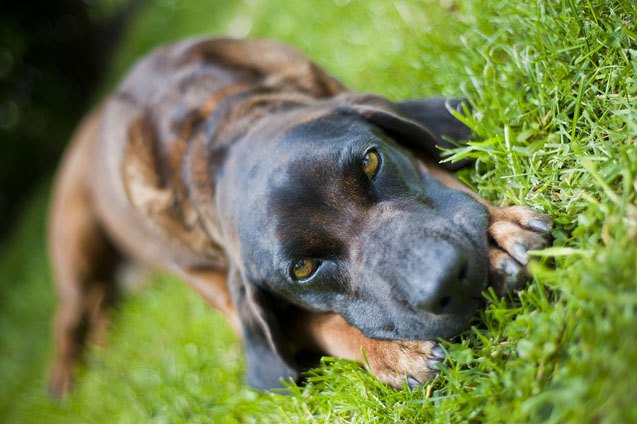
The Bavarian Mountain Hound is a wonderful breed that bonds closely with his owners and loves to do his job. These dogs have a strong work ethic, though they can sometimes be tricky to train. This breed is not a pack hound like many scent hounds so they don’t always get along well with other dogs – early socialization will help with that. They may also chase household pets but they generally do well with children. This breed bonds well with family but can be aloof around strangers. They are not overly protective and they are generally quiet and calm in the home as long as their needs for exercise are consistently being met.
Common Health Problems
The Bavarian Mountain Hound is a healthy breed in general but, like all dogs, is prone to certain health problems. Their drop ears predispose them to ear infections and they are at risk for sustaining injuries in the field. This breed may also be affected by musculoskeletal issues like hip and elbow dysplasia as well as eye problems like progressive retinal atrophy and entropion.
Life Expectancy
The average lifespan for the Bavarian Mountain Hound is thought to be about 10 to 14 years.
Exercise Requirements
As a working breed, the Bavarian Mountain Hound has very high needs for exercise. This breed requires a long daily walk and will also appreciate having some outdoor space in which to run. If this breed doesn’t get enough daily exercise he is prone to boredom and may develop destructive behavior. The Bavarian Mountain Hound is happiest when he has a job to do.
The Bavarian Mountain Hound is a wonderful breed that bonds closely with his owners and loves to do his job.
AKC
The Bavarian Mountain Hound is not currently recognized by the AKC but he is recognized by the FCI and the Kennel Club. The Kennel Club classifies him in the Hound Group and the FCI in Group 6, Leash Hounds. This breed is part of the AKC Foundation Stock Service as well.
Coat
Known for his deer-red color, the Bavarian Mountain Hound has a short, glossy coat that may be somewhat coarse in texture. The fur around the head and ears is softer and finer than on other parts of the body and it is longer on the legs, tail, and abdomen. The coat color for this breed ranges from fawn to deer red to rich black and many dogs are multi-colored. This breed needs regular brushing and grooming to keep shedding under control.
Puppies
The average litter size for the Bavarian Mountain Hound is about 7 to 10 puppies. Because these dogs are usually used for hunting, it is important that you start training from a young age. If you plan to keep your Bavarian Mountain Hound puppy as a family pet, early socialization is just as important. You should also give your dog strong leadership and direction throughout his life.
Photo credit: Bikerpb/Bigstock; wacpan/Bigstock

